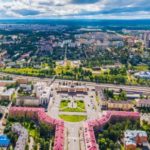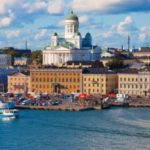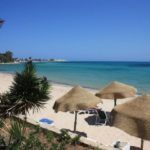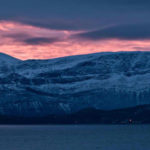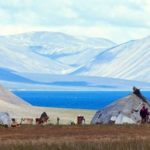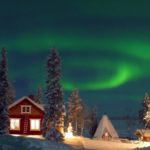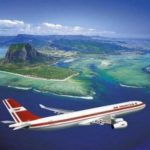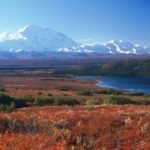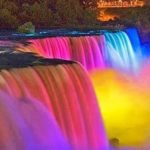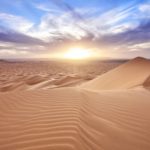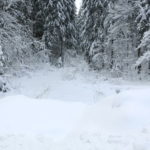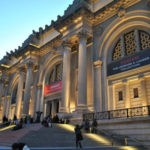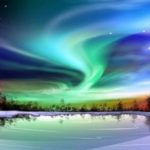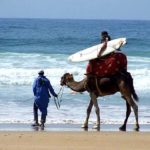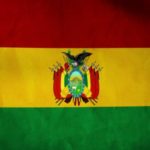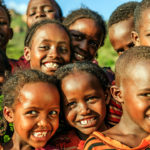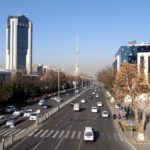20 interesting facts about Karelia
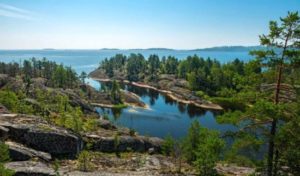 The land of unprecedented beauty, Karelia, falls in love at first sight. Amazing nature, ancient customs and traditions still existing here, aurora in the night sky – all this is worth it to come here at least once in your life. But many who have experienced the Karelian charm continue to come back here again and again.
The land of unprecedented beauty, Karelia, falls in love at first sight. Amazing nature, ancient customs and traditions still existing here, aurora in the night sky – all this is worth it to come here at least once in your life. But many who have experienced the Karelian charm continue to come back here again and again.
This is where the apple orchard belongs to the ancient Valaam Monastery. It is unique in that it is the only one in the world located near the Arctic Circle.
Due to the proximity of Finland, Finnish is much more widely spoken in Karelia than Karelian.
Almost all of Karelia is distinguished by a thin layer of soil, under which the rocks begin. Therefore, agriculture here is not very developed.
Ethnic Karelians make up about a third of the entire local population.
The first resort in the Russian Empire was opened here, back in the early 18th century. It is called Marcial waters.
Rock paintings were discovered in Karelia, whose age is several millennia older than the oldest Egyptian pyramids.
Girvas Volcano, also located on the territory of the republic, is the oldest on Earth, it is already about two billion years old. Fortunately, he has been sleeping all this time.
In summer in Karelia you can watch white nights. To see people in sunglasses at 9-10 o’clock in the evening is a common thing.
This is a rainy land. Precipitation here usually falls more than 200 days a year.
The capital of Karelia is Petrozavodsk, founded by order of Peter I on the shores of Lake Onega.
The aforementioned Lake Onega located here is the second largest in Europe.
In Karelia there are many rivers with a total length of about 83,000 km. In total, there are approximately 23,000 rivers and 63,000 lakes.
Lake Ladoga, also located here, is Europe’s largest freshwater body, if you count by the volume of water.
Karelian birch is unique in that it has no annual rings.
There are many forests here, and about half of them are pine trees. Forests occupy about half of the territory of Karelia.
Only about one tenth of Karelia is suitable for living and construction. The remaining 90% of the territory is occupied by mountains, swamps, lakes and rivers.
The area of Karelia almost three times exceeds the area of Latvia, and about as many people live here as in the whole of Montenegro.
Marshes account for about 20% of Karelian lands, and rivers and lakes – another 25%.
The railway network is well developed here. The total length of railways here exceeds 2.8 thousand kilometers.
The largest swamp of Karelia in area is approximately equal to the aforementioned Petrozavodsk.
